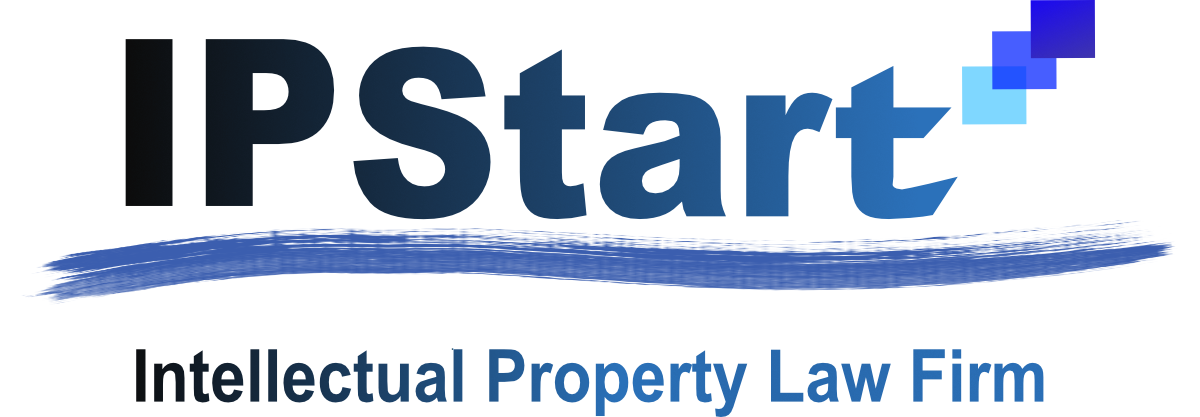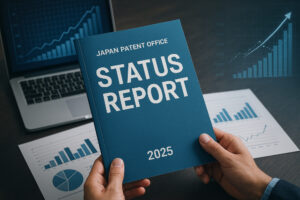We would like to briefly introduce the requirements for amendments under the Japanese patent practice. Firstly, the timing requirements for amendments are shown in the following figure.
The Basic Requirement (Requirement #1)

Throughout the entire examination phase, it is not permitted to amend a claim so as to extend the original disclosure. The violation of Requirement #1, that is, the addition of new matter into the application shall be rejected under Art. 17-2(3) of the Patent Law.
The Requirement after Non-Final Office Action (Requirement #2)

After receipt of a non-final office action, in addition to Requirement #1, it is not permitted to amend a claim such that there is a lack of unity (i.e., no special technical feature in common) between the amended claim and the claim before the amendment (Requirement #2). Namely, unity between the claims before and after the amendment must be ensured. This is because such an amendment will impose the heavy burden of further prior art search on the examiner. The violation of Requirement #2 shall be rejected under Art. 17-2(4) of the Patent Law.
The Requirement after Final Office Action (Requirement #3)

After receipt of a final office action, in addition to Requirements #1 and #2, the amendment shall be limited to the following manners (Requirement #3):
- Cancelling claims;
- Narrowing the scope of claims;
- Correcting typo errors; and
- Clarifying unclear wordings indicated in the office action
After the final office action, amendments that do not meet Requirements #1 to #3 shall be dismissed by the examiner, resulting in a decision of rejection.










